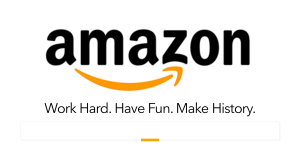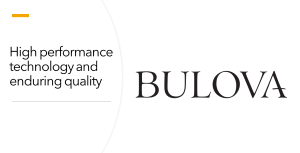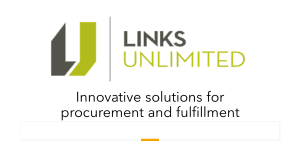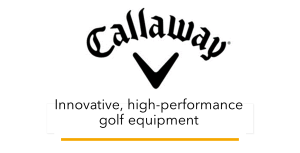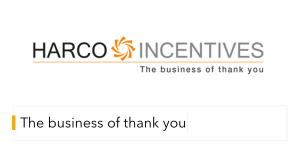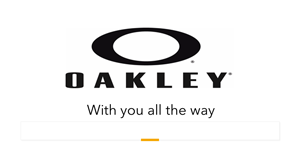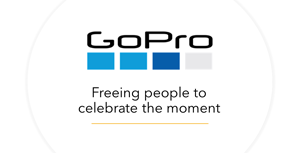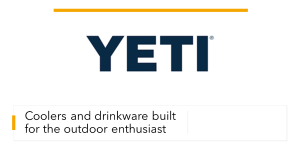Why Diversity and Inclusion are Essential to Engaging Today's Workforce
By Christina Zurek, Solution Manager, ITA Group
- New Ideas and Perspectives
- Intrinsic vs. Extrinsic
- A Hubbub of Buzzwords
- The Ultimate Goal
- About Christina Zurek
Everyone loves pizza…and as it turns out, that love has implications for your business.
In his book, Payoff: The Hidden Logic That Shapes Our Motivations, behavioral psychologist Dan Ariely details an experiment that pitted three motivators against each other. He sent an email to workers at a computer chip manufacturer, announcing that if they reached their daily quota they’d receive a prize: a $30 cash bonus, a positive text from their boss, or a voucher for pizza.
While pizza might seem like a strange motivator compared to money – who would choose (literal) dough over (figurative) dough? – recipients of the email promising pizza were ultimately more productive than the others, boosting productivity by 6.7%. Praise came a close second, and cash trailed behind at a 4.9% increase.
This is a good illustration that what we think motivates people isn’t always true. And smart businesses are beginning to realize this too. Many of our old assumptions about motivation don’t work the way they used to, and that’s largely due to a related but often overlooked factor: diversity. Here’s why.
New Ideas and Perspectives
Take a look around your office. Chances are, many of the faces you see in the hallway weren’t there a few years ago. Some might not have hit their 10th high school reunion yet, while others have been in their roles for 25+ years. The environment is complex. Younger generations are coming in quickly and older ones are sticking around for a bit longer. Baby Boomers are reluctant to retire. Millennials and Generation Z are bigger than any other generation and are bringing new ideas and perspectives into the workplace.
Case in point: According to Unlocking Millennial Talent 2015, a white paper by the Center for Generational Kinetics and Barnum Financial Group, 60% of millennials say a sense of purpose is part of the reason they chose to work for their current employer. And that purpose is totally independent of financial gain. Years ago, you got a gold watch for 35 years of service at a company. But if the same watch showed up on the desk of one of your Millennial employees, it wouldn’t have the same impact. This just reinforces the fact that a one-size-fits-all approach to motivation won’t work anymore. Furthermore, many of the things that motivate people aren’t “things” at all.
Intrinsic vs. Extrinsic
Have you ever struggled and studied and pored over YouTube videos to learn how to do a tricky home improvement project – and actually pulled it off? Or stayed up until 4 am to finally defeat the final level of a video game? Those are really good feelings. Though you didn’t really get anything tangible in return for your drive to learn or achieve, the satisfaction you got can’t be underestimated. These are good examples of “intrinsic” motivation. Simply put, intrinsic motivation is the behavior driven by positive internal feelings, as opposed to “extrinsic” motivation, which is driven by external things – praise, pizza, money and so on.
While the experiment Ariely outlines in his book focuses on extrinsic motivators, this is actually only one half of the motivation puzzle. Intrinsic motivators can be used successfully as well. The best results can be found in the strategic mix of both types. At ITA Group, we call this Motivology® – the intentional blend of intrinsic and extrinsic motivators designed to move the needle for your employees. And for organizations dealing with expanding workplace diversity, balancing intrinsic and extrinsic motivation is more important than ever when it comes to inclusion and motivation.
A Hubbub of Buzzwords
Diversity and inclusion are terms that are seemingly everywhere in the world of employee engagement. But in the hubbub around buzzwords, definitions can get muddled. Diversity can be loosely defined as the range of differences between races, ethnicities, ages and numerous other personal traits. Inclusion is the involvement and empowerment between each of them, which values the ideas generated by team members regardless of seniority or tenure. Or, as noted diversity advocate Vernā Myers puts it: “Diversity is being invited to the party. Inclusion is being asked to dance.”
Why are diversity and inclusion so important? Because they bring real business values. For example:
- Deloitte found that businesses with inclusive cultures were twice as likely to meet or exceed their financial goals.
- McKinsey noted that companies in the bottom quartile for diversity are statistically less likely to achieve above-average financial returns.
- The same McKinsey report found that for every 10% increase in diversity on a senior executive team, earnings before interest and taxes (EBIT) rise 0.8%.
While it’s easy to think of diversity and inclusion as factors that reside entirely within the walls of your HR department – they do the hiring, after all, and it’s up to them to hire a diverse team – the reality isn’t quite as cut and dried.
Every executive, manager and supervisor on your team has a hand in reducing costly turnover, and diversity and inclusion are critical to that effort. According to one Forbes study, 43% of organizations that focus on diversity and inclusion did so for the retention and development of talent. That’s where motivation begins to intersect with diversity and inclusion. You’ve got a diverse workforce, so it’s not surprising that they need to be motivated in diverse ways too. Today, one of the key way companies can build diversity and inclusion is to provide a larger array of events, programs, organizations and incentives to keep everyone engaged.
The Ultimate Goal
But wait. With all of these clubs and events and committees, when are people going to get their work done? Don’t worry. Not everyone will be interested in everything that’s offered, and that’s fine. The ultimate goal isn’t 100% participation, it’s 100% comprehensiveness. If everyone in your organization can find a club, event, or organization they enjoy and feel included in, mission accomplished.
Instead of offering one or two programs that all of your people are lumped into, offer more programs that appeal to just a few. That company-wide “gold watch” program won’t get you far anymore. Today it’s more about a small running group that fitness-focused Millennials love to participate in, or family-friendly movies in the green space outside your office for young families.
To promote diversity and inclusion in your organization, develop a broad spectrum of events, programs and incentives that touch on both intrinsic and extrinsic motivators. For instance, community service and volunteer programs help build a sense of belonging to a team – an intrinsic motivator. Health and fitness programs are extrinsic, where people work to see the tangible benefits of a healthy lifestyle and compete against each other for social recognition. Think of programs that people of all backgrounds and stages of life would enjoy. Better yet, send out a survey to gather the whole team’s opinion of what they would like.
People naturally gravitate toward what motivates them, whether that’s pizza, competitions, joining a running club or volunteering at a homeless shelter. The choices people make represent who they are, and when businesses help employees make choices they’re proud of, they build businesses they’re proud to stand behind. After all, the ability to be yourself and share your passions is precisely what diversity and inclusion are all about.
Christina Zurek creates business strategies and market plans that enable ITA Group to deliver innovative organizational culture solutions. As a Solution Manager, Christina Zurek is accountable for market definition, competitive research, business and marketing plan vision and development, and internal training and execution. She leverages her passion for motivating and engaging people alongside more than 10 years of solution development and marketing experience to craft compelling solutions that drive positive, measurable change for clients. For more information, go to www.itagroup.com

.jpg)






